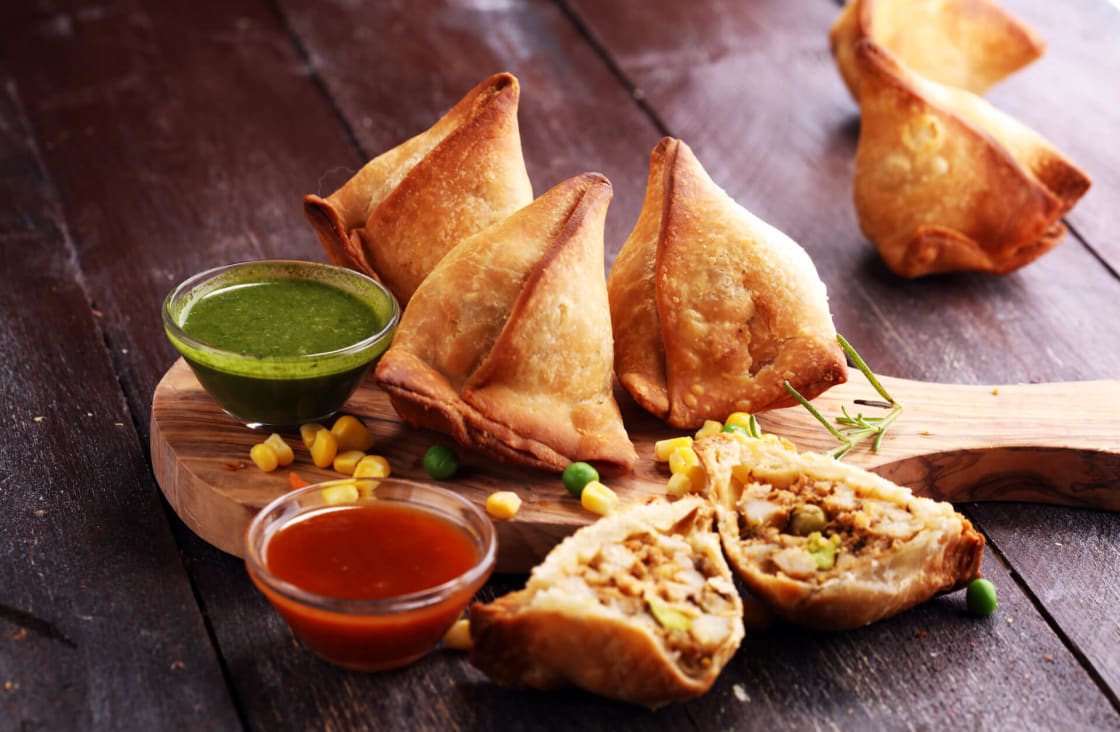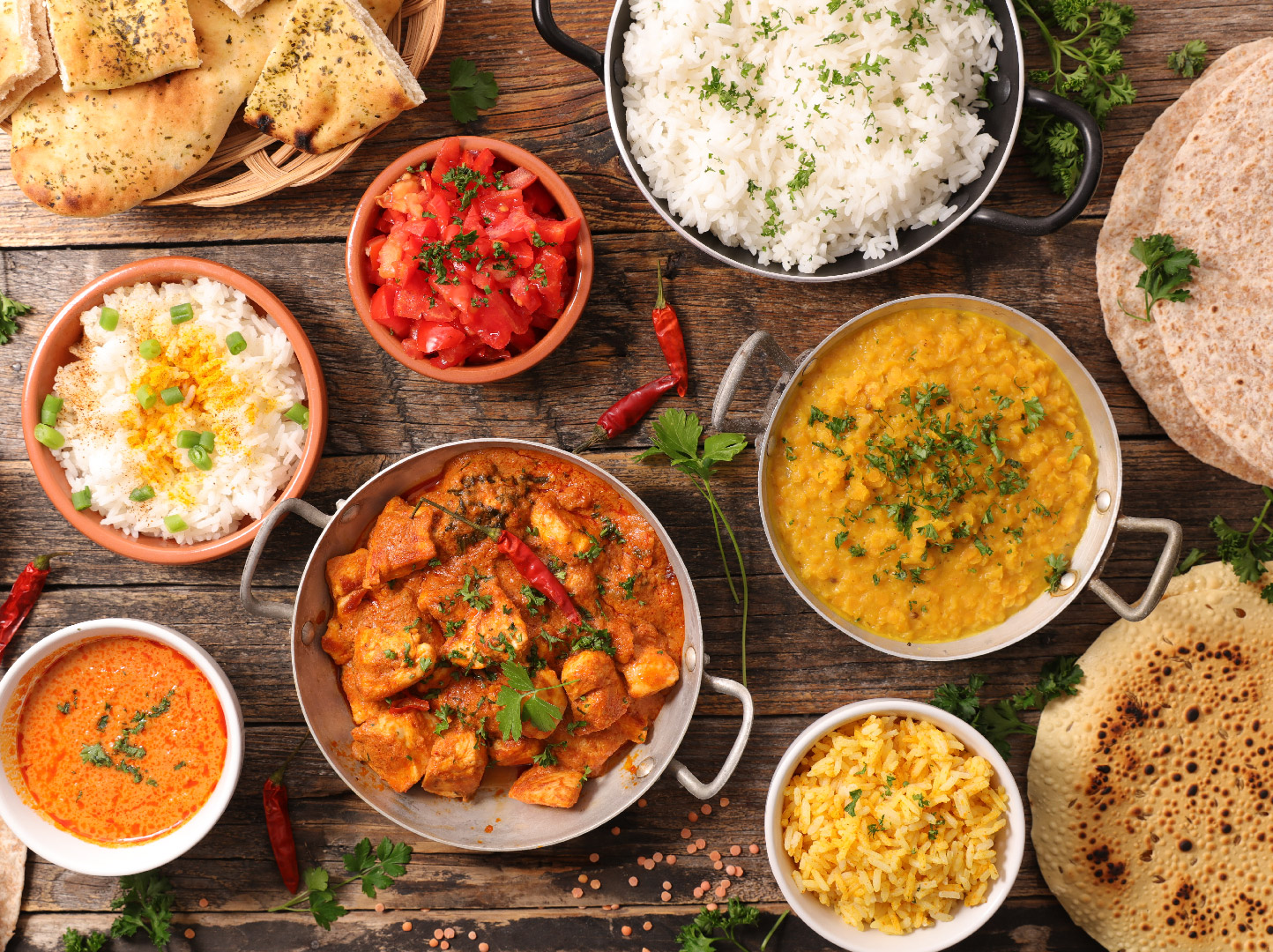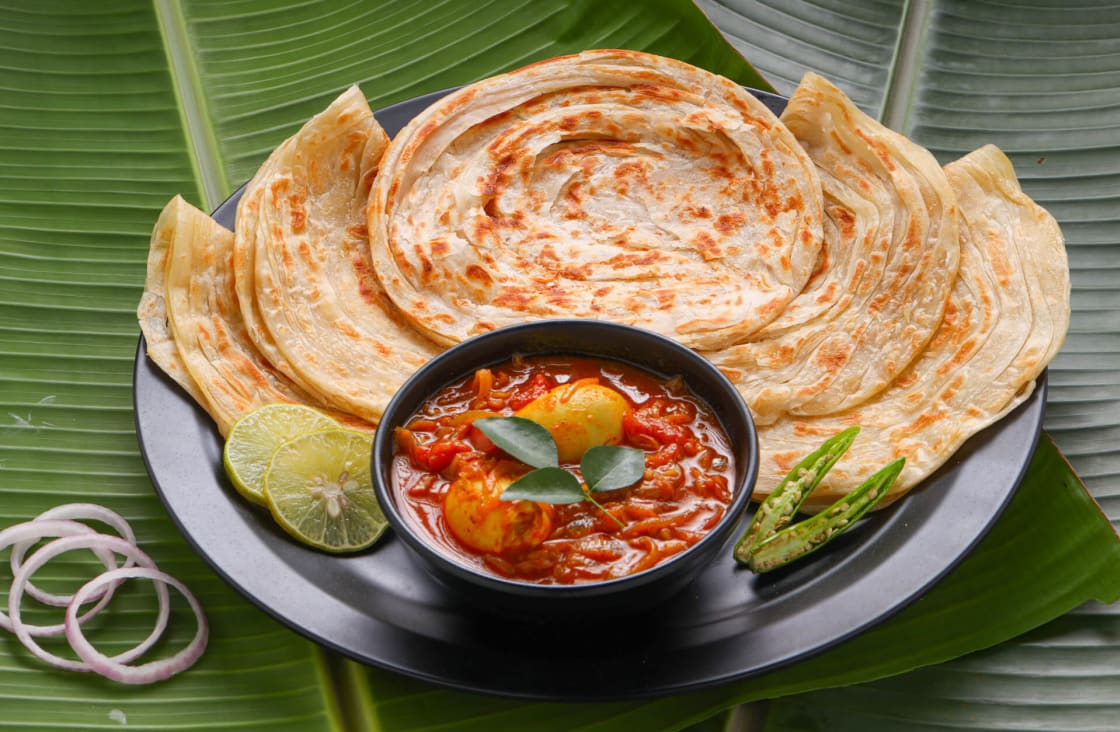What is an Indian woman called?

When discussing Indigenous women in North America, it's important to use accurate and respectful terminology. One term that has been historically used to refer to Indigenous women is "squaw." However, this term is considered offensive by many Indigenous people and should be avoided.
In most colonial texts, "squaw" was used as a general word for Indigenous women. However, the term has since been recognized as derogatory and dehumanizing. The word "squaw" has been linked to violence, discrimination, and objectification of Indigenous women.
Instead of using the term "squaw," it is more appropriate to refer to Indigenous women by their specific tribal or cultural identities. For example, a woman from the Cherokee Nation would be called a Cherokee woman, while a woman from the Navajo Nation would be called a Navajo woman.
It's important to remember that Indigenous women are not a monolithic group. They come from diverse backgrounds, cultures, and traditions. By using specific and respectful terminology, we can honor the individuality and unique identities of Indigenous women.
Some other terms that are considered offensive when referring to Indigenous women include "brave," "papoose," and "chief." These terms can perpetuate harmful stereotypes and diminish the humanity of Indigenous women.
As we work to dismantle colonial and patriarchal systems of oppression, it's essential to listen to and amplify the voices of Indigenous women. By using respectful language and honoring Indigenous perspectives, we can promote justice and equality for all.



